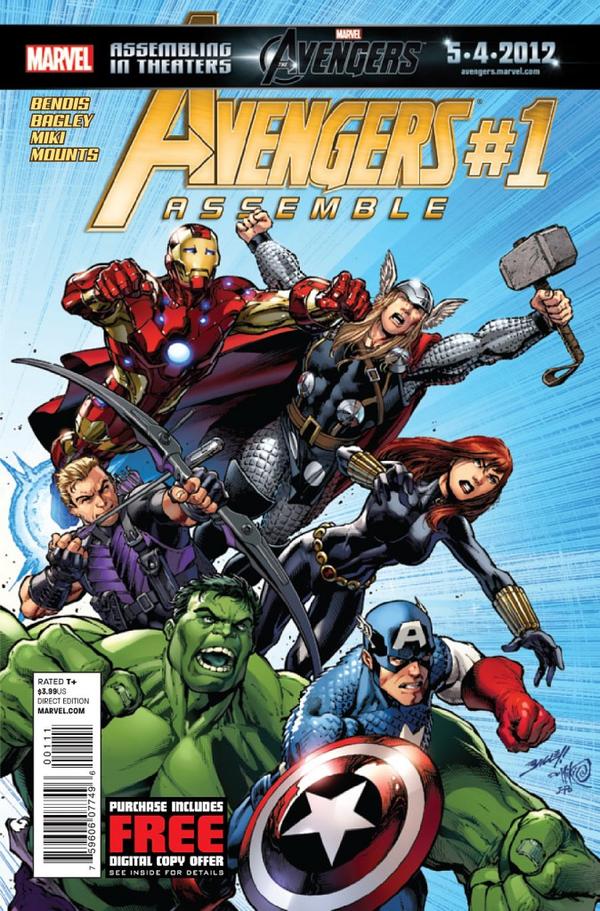Comic Book & Graphic Novel Round-Up (3/21/12)

Each week, Paste reviews the most intriguing comic books, graphic novels, graphic memoirs and other illustrated books.

Avengers Assemble #1
by Brian Bendis and Mark Bagley
Marvel, 2012
Rating: 3.7
As Marvel slowly segues from a legacy publishing house into an infinitely more profitable film company, expect to see more things like Avengers Assemble, a marketing creation designed for the unwashed masses already lined up for the May movie. One character is even named Whedon. Subtle. This disappointing Venn diagram takes the shiny pyrotechnics of a summer blockbuster and tosses them on pages assembled by industry vets Brian Bendis and Mark Bagley. Where these two fields overlap isn’t especially complex. Let’s detour for a moment. Sequential art and words aren’t experienced: they’re dissected. Layers of characterization, perspective and action can be built in challenging ways because panels, unlike video frames, don’t vanish after they’re seen. For comics, chronology, motivation and perspective are tools to be manipulated for the reader’s delight. So when you make a reader pay $3.99 for 21 pages of people punching each other and popping PG-13 jokes, don’t expect to blow minds or incite riots. This debut issue sees the Hulk fight a guy made of water and a giant Minotaur throw Thor through a truck. Other plot threads poke up, but since this issue took five minutes to read, there isn’t much to describe let alone analyze. One has to consider that this might be the entire point of titles like this, to provide a base gateway where people without an 8th grade reading level can ride cinema synergy back into the comic store to (hopefully) dive into more cerebral fare. Hell, it worked for DC’s new JLA, so the best of luck, Marvel. (SE)

Key of Z
by Claudio Sanchez, Chondra Eckert, and Aaron Kuder
Boom Studios, 2012
Rating: 6.0
-

-

-

-

-

-

-

-

-

-

-

-

-

-

-

-

-

-

-

-

-

-

-

-

-

-

-

-

-

-

-

-

-

-

-

-

-

-

-

-










































